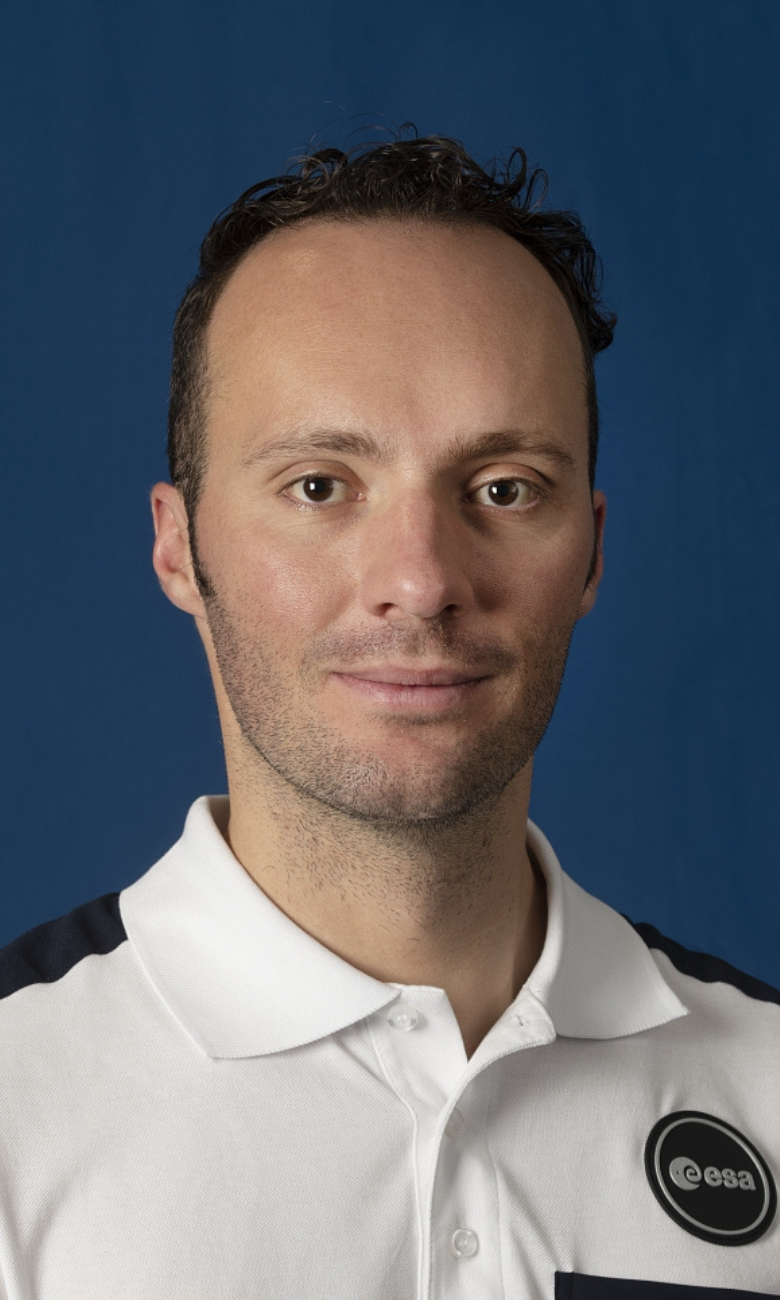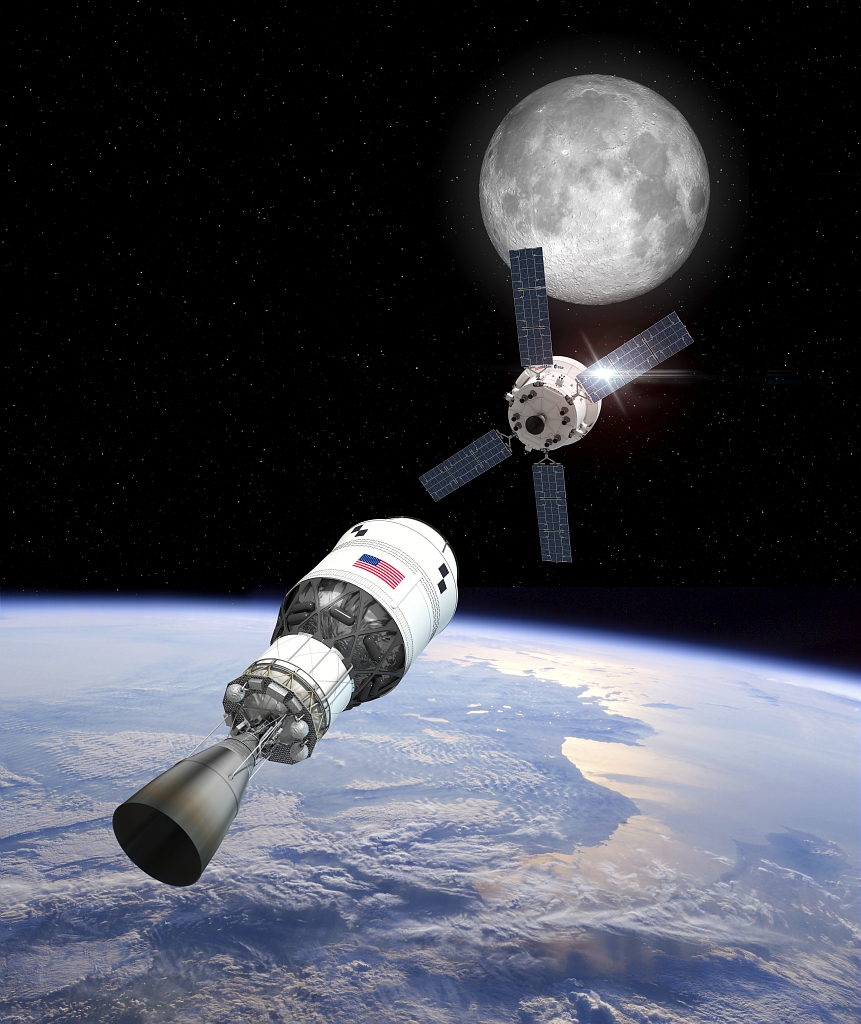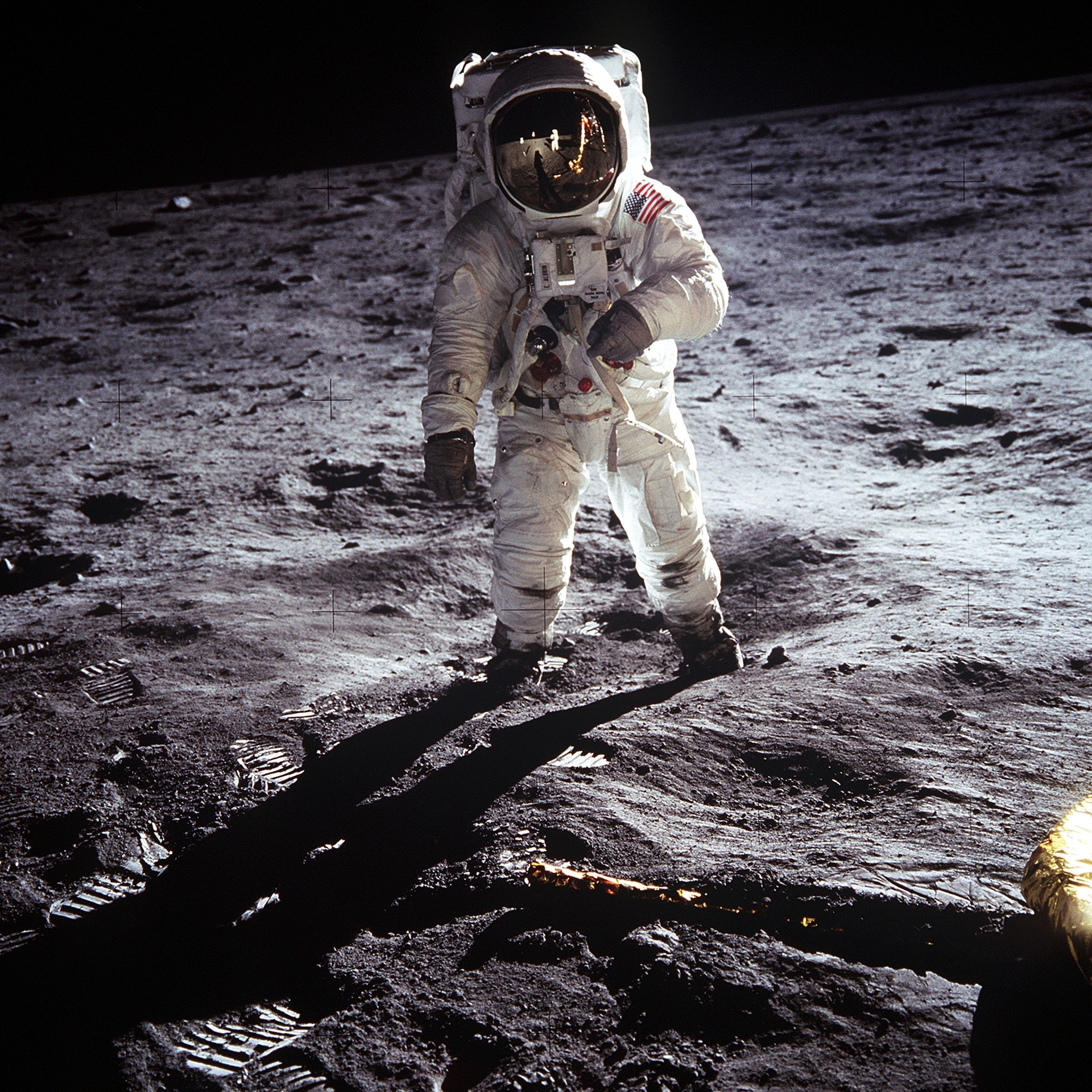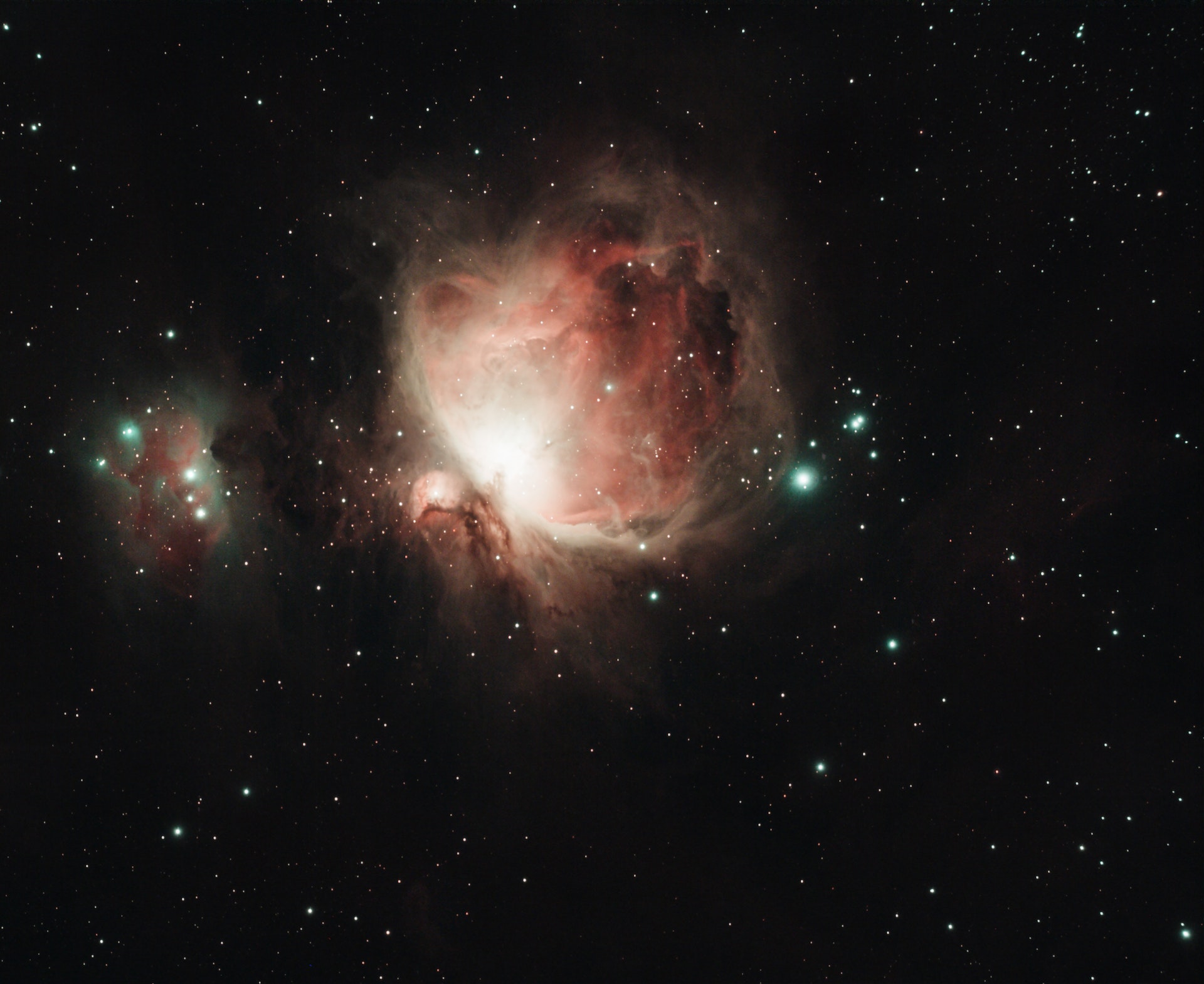A Swiss astronaut on the launching pad!
Fulfilling a childhood dream is the stuff of a story worth telling. As a child, Marco Sieber was fascinated by space travel, reading many a book on the subject, and even building a model rocket with his brother. He could never have imagined that one day he might actually have the chance to experience space travel!
Thirty-three-year-old Sieber is now one step closer to reaching his goal of becoming Switzerland's second astronaut. On 23 November 2022 in Paris, he was chosen – together with four others – from over 22,500 candidates for training with the European Space Agency. He will begin a one-year programme at the European Astronaut Centre near Cologne in 2023.

The Artemis lunar missions – preparing for human exploration of deep space
After the training period, those selected as career astronauts will be able to take part in flights linked to ESA programmes run in cooperation with NASA. These include flights to and from the International Space Station and the Lunar Gateway station, part of the NASA's Artemis programme. The European Service Module (ESM) of Artemis' Orion spacecraft is partially Swiss-built.
Orion will ferry astronauts and Gateway modules to the Moon and beyond, launching on NASA's Space Launch System – the most powerful rocket ever built. The Artemis I test flight in November 2022 was uncrewed, but the next three Orion spacecrafts will bear astronauts. The ESMs of these spacecrafts are already in production. They will provide electricity, water, oxygen and nitrogen as well as keeping the spacecraft at the right temperature and on course. The test flight's and first ESM's success powerfully boosts the motivation of the astronauts in training.

© ESA
In the footsteps of a legend
This opportunity comes a generation or more after Claude Nicollier became Switzerland's first astronaut. Nicollier's first spaceflight was 30 years ago, and he went on to take part in three other missions. During his final spaceflight, he went on a spacewalk, becoming the first ESA astronaut to do so during a Space Shuttle mission.
Before becoming an astronaut, Nicollier had been a Swiss Air Force pilot, spending 4,000 hours in jet aircraft. This experience, together with his other skills and scientific education, made him an ideal candidate at the time.
© ESA
The Space Shuttle years
After obtaining an MSc in astrophysics from the University of Geneva in 1975, he accepted a research fellowship at the European Space Agency's Space Research and Technology Centre in Noordwijk, the Netherlands, where he worked on various airborne infrared astronomy programmes.
Nicollier was the first non-American to become a full-time NASA mission specialist, and was a crewmember on four Space Shuttle flights, two of which involved servicing and repairing the Hubble Space Telescope. He logged more than 1,000 hours in space, including a spacewalk lasting over eight hours to install new equipment on Hubble.

© Pexels / Pixabay
"Cometh the hour; cometh the man"
The technologies used in space exploration projects have advanced spectacularly over the last three decades and the criteria for becoming an astronaut have changed significantly since Nicollier's time. Still, some basic requirements – especially human qualities like courage and resilience – remain essential.
In March 2021, the European Space Agency (ESA) was looking for new astronauts, and nationals of countries involved in ESA programmes were allowed to apply. As part of the application process, candidates not only had to meet physical requirements, but also demonstrate technical and interpersonal skills.

© Pexels / Pixabay – Adam Krypel
Describing the moment when he was selected by ESA, Sieber reveals that it was a very intense moment, and also felt quite unreal because it was an opportunity he had been dreaming of since his childhood and working towards over the last 18 months. It is the combination of the disciplines involved in space travel – such as aviation and planetary science – that he finds compelling. However, Sieber is fully aware of the immensely challenging difficulties that astronauts face during missions.
His background is very different from that of Switzerland's first astronaut. Having studied medicine at the University of Bern, Sieber now works as an urologist. During his military service as a doctor in emergency medicine saw him working in Kosovo and taking part in helicopter rescue missions.
Whereas Nicollier was a military pilot, Sieber pilots small aircraft. He also enjoys sports like skydiving and paragliding. More about Sieber is revealed in an interview conducted at the ESA.
Switzerland could well see one of its citizens on the moon in the very near future!
Switzerland – a founding member of ESAESA's new programme aims to increase Europe's autonomy in space, while strengthening its leadership in science and technology. It also pledges to act responsibly and develop solutions to mitigate climate change. Switzerland will contribute around CHF 600 million to this new programme. As a founding member of ESA, the country has helped to shape Europe's space activities from the very beginning. |




